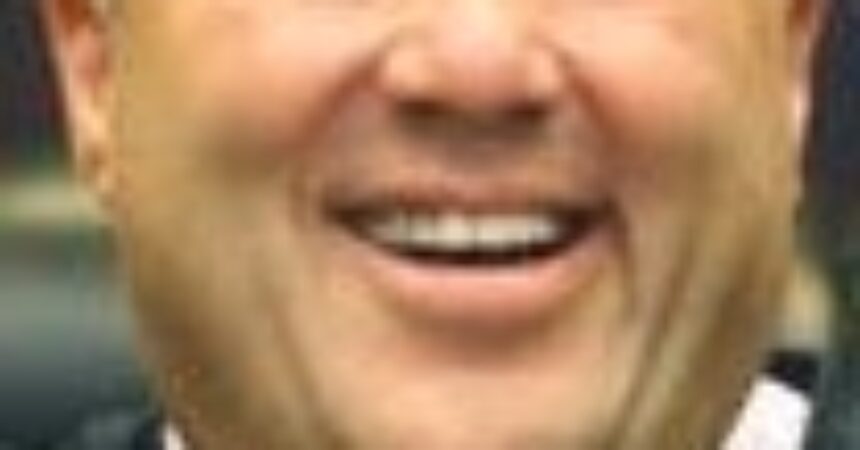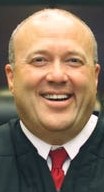
Ask Judge Smith
Ruby, the dancer and the dog

Judge J. Layne Smith revisits the case in John F. Kennedy’s assassination. Here is the final part of his series:
Consider the dramatic events that unfolded in less than 48 hours! On Friday, Nov. 22, 1963, Lee Harvey Oswald murdered President Kennedy and Dallas Police Officer J. D. Tippit. That same day, Oswald was arrested and questioned. On Nov. 22-23, 1963, Jack Ruby was armed and within feet of Oswald but did not strike.
If Ruby were a hitman, he would have silenced Oswald the first opportunity he had to shut Oswald up. Then, “the conspirators” would need another hitman to silence, Ruby, too. And yet, neither happened.
Ruby passed on multiple opportunities to shoot Oswald on Nov. 22-23, 1963. After he murdered Oswald on Nov. 24, 1963, Ruby stood trial and died of cancer years later in prison.
On Sunday, Nov. 24, 1963, Ruby murdered Oswald. Due to a thorough investigation, we know precisely where Ruby was and what he did that fateful weekend. The facts will show that Ruby never planned to shoot Oswald but did so on impulse.
Let’s travel back in time to 1963. Most people get their daily news from their local printed newspaper or the CBS, ABC, or NBC evening news broadcasts. No national television news networks such as CNN or FOX exist. Cell phones don’t exist, and people made phone calls from landlines and coin-operated phone booths. 1963 predates beepers, fax machines, personal computers, and the world-wide-web.
On Saturday, Nov. 23, 1963, law enforcement announced it would relocate Oswald from the police station to the county jail the next morning at 10. At 10:19 a.m. on Sunday, Nov. 24, 1963, 19 minutes after Oswald’s announced transport time, Ruby was at home, drinking coffee. He had not yet dressed and was sitting around in his underclothes.
The telephone company’s business records for Ruby’s landline and witnesses’ testimony prove that at 10:19 a.m., Ruby answered a phone call from one of his nightclub dancers. She asked Ruby to advance her $25. Ruby agreed to wire her money through Western Union, which had an office near the police station.
Single and childless, Ruby loved and pampered his pet dogs like adoring parents love and spoil their children. Ruby got dressed and decided to take his favorite dog with him to Western Union. He parked on the street and left his dog in the car.
Western Union’s business records prove Ruby wired his dancer $25 at 11:17 a.m., 77 minutes after the police were to have relocated Oswald. Next, he left Western Union and, on a whim, decided to walk a block to the Dallas Police Station.
Unknown to Ruby, the police had not relocated Oswald to the county jail. Instead, Oswald was still at the police station because a questioning session ran long, and he made a last-minute decision to change clothes. Otherwise, Oswald and Ruby would not have engaged that day. Create Account
The seeds of doubt sown by the next moment continue to echo. Ruby walked down an exit ramp into the Dallas Police Station and arrived near an elevator just seconds before Oswald emerged from it. Oswald smirked, Ruby snapped and shot him from point-blank range in the stomach. The bullet lacerated Oswald’s liver, and he died at the same hospital that treated two of his victims.
If his dancer hadn’t called him, Ruby would not have gone downtown that morning. If Ruby planned to shoot Oswald, he would not have taken his beloved dog on the errand. In my mind’s eye, Ruby’s car remains parked where he left it, and the ghost of his beloved dog continues to wait patiently for her master’s return.
Aided by the Dallas Police’s inept security, Ruby’s role in history is that of the ultimate “red herring.” People were shocked by Oswald’s death and couldn’t believe the Dallas Police’s security was that inept. Yet, it was.
People are lousy at keeping secrets. If a conspiracy to kill JFK or cover it up existed, the truth would have surfaced by now. Oswald and Ruby were loners, and the Warren Commission got it right.
The Honorable J. Layne Smith is a Circuit Judge and the author of “Civics, Law, and Justice—How We Became U.S.” Send your questions to askjudgesmith@gmail.com







